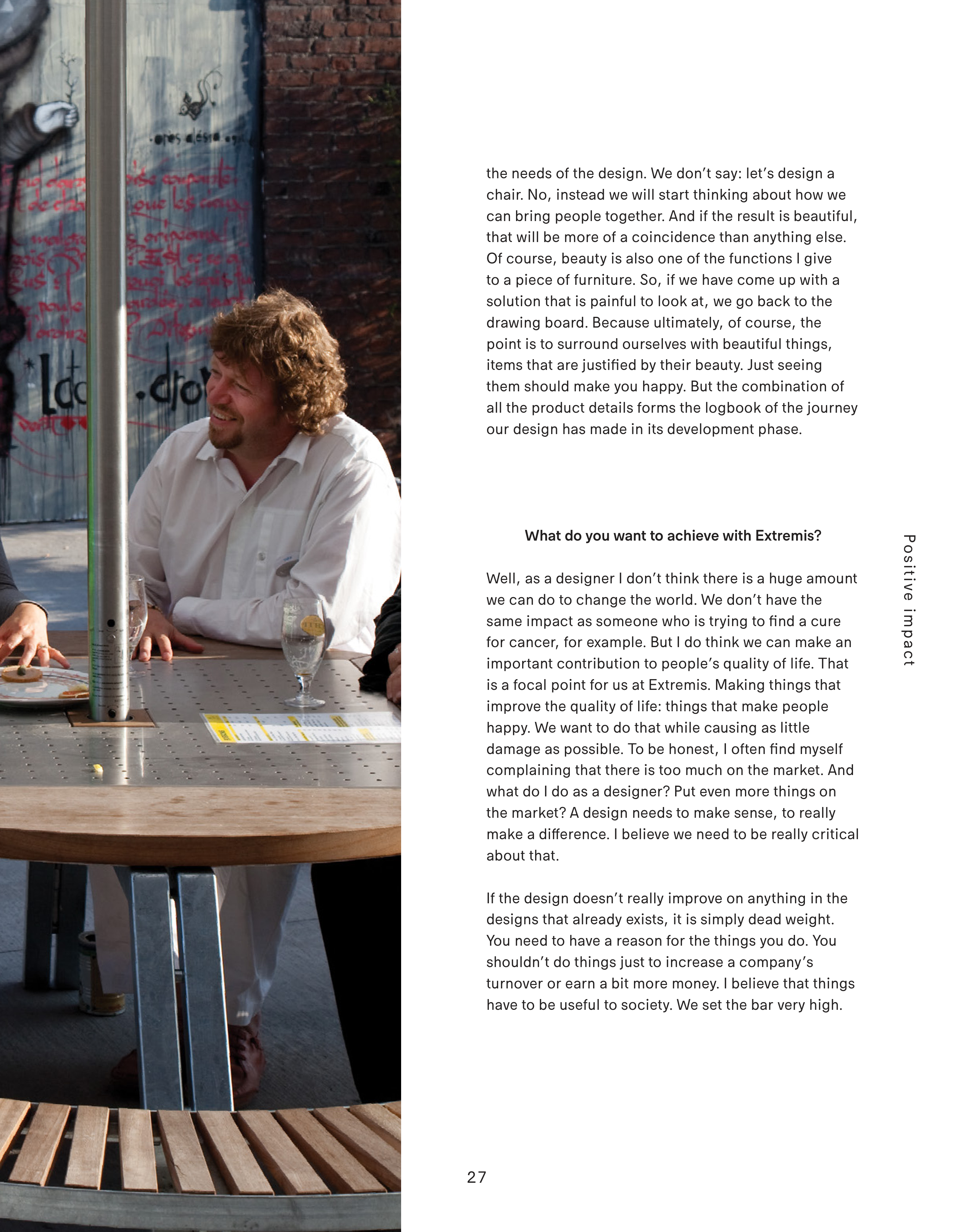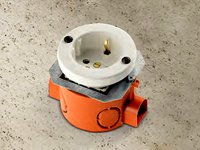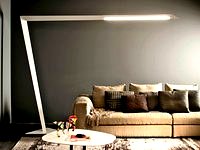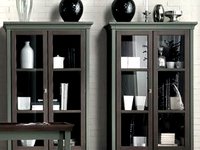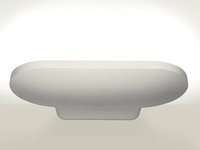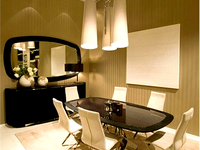the needs of the design. We don’t say: let’s design a
chair. No, instead we will start thinking about how we
can bring people together. And if the result is beautiful,
that will be more of a coincidence than anything else.
Of course, beauty is also one of the functions I give
to a piece of furniture. So, if we have come up with a
solution that is painful to look at, we go back to the
drawing board. Because ultimately, of course, the
point is to surround ourselves with beautiful things,
items that are justified by their beauty. Just seeing
them should make you happy. But the combination of
all the product details forms the logbook of the journey
our design has made in its development phase.
What do you want to achieve with Extremis?
Well, as a designer I don’t think there is a huge amount
we can do to change the world. We don’t have the
same impact as someone who is trying to find a cure
for cancer, for example. But I do think we can make an
important contribution to people’s quality of life. That
is a focal point for us at Extremis. Making things that
improve the quality of life: things that make people
happy. We want to do that while causing as little
damage as possible. To be honest, I often find myself
complaining that there is too much on the market. And
what do I do as a designer? Put even more things on
the market? A design needs to make sense, to really
make a difference. I believe we need to be really critical
about that.
If the design doesn’t really improve on anything in the
designs that already exists, it is simply dead weight.
You need to have a reason for the things you do. You
shouldn’t do things just to increase a company’s
turnover or earn a bit more money. I believe that things
have to be useful to society. We set the bar very high.
27
Positive impact


